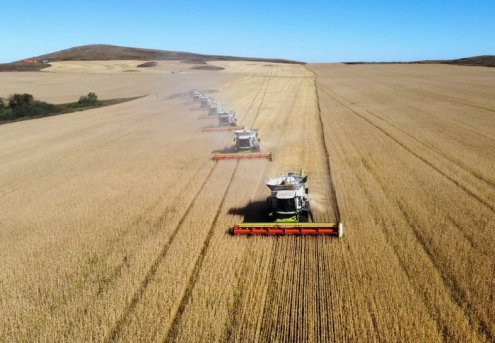The UN Food and Agriculture Organisation's (FAO) food price index declined marginally in October, down 0.5 percent from the previous month, with the dairy price index turning to an increase, the agency stated in a press release published on Friday.
Cereal prices experienced a decline of 1 percent, primarily driven by a 2 percent decrease in international rice prices and a 1.9 percent decrease in wheat prices. The decline can be attributed to passive import demand and a surplus of supply from the United States. Additionally, increased competition among exporters contributed to the downward pressure on prices.
The FAO Vegetable Oils Price Index decreased by 0.7 percent due to lower global palm oil prices caused by seasonal production growth and weak import demand. Sugar prices fell by 2.2 percent but were still 46.6 percent higher than in the same period last year due to higher production in Brazil.
The FAO Meat Price Index recorded a decrease of 0.6 percent, primarily driven by a decline in global pork prices. The weak import demand, particularly in East Asia, contributed to this decrease.
In contrast, after nine months of consecutive decline, the FAO Dairy Price Index saw an increase of 2.2 percent in October. This increase was mainly attributed to a significant rise in world milk powder prices. The surge in import demand and uncertainty surrounding the impact of El Niño-related weather patterns on production in Oceania were the key factors influencing this price increase.
In a separate FAO report on cereal supply and demand, the forecast for world cereal production in 2023 is estimated at a record 2.819 million tons.









30635-90x604.jpg)




30625-90x604.jpeg)
_(1)30624-90x604.jpg)


